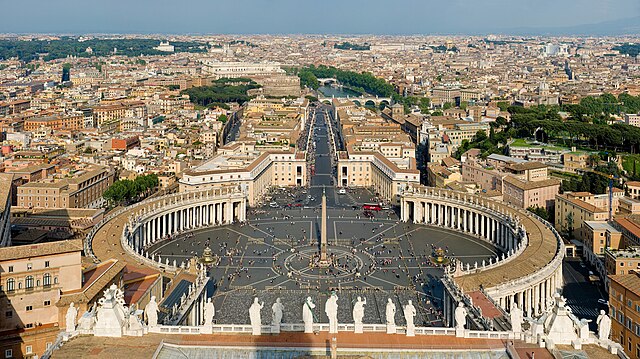Pope Francis, who passed away on April 21, 2025, at the age of 88, leaves behind a complex and powerful legacy. As the first Jesuit and Latin American pope, his 12-year papacy was marked by deep spiritual outreach, global humanitarian advocacy, and perhaps most controversially, a relentless effort to untangle and reform the Vatican’s shadowy financial system.
The Visionary Reformer
From the beginning of his pontificate in 2013, Pope Francis made it clear that the Church needed to undergo radical internal reform. His agenda was clear: shift from a culture of clerical privilege to one of service, accountability, and humility. Nowhere was that agenda more visible — and more embattled — than in his mission to overhaul Vatican finances.
The Vatican’s Wealth: Fact and Fiction
While often perceived as one of the world’s richest institutions, the Vatican’s wealth is complex. Its power lies not in cash reserves but in its vast real estate holdings, centuries-old art, and network of global assets.
Estimated Wealth Overview:
- Real Estate: Over 5,000 properties globally, including premium real estate in central Rome and abroad, valued between €4–5 billion.
- Art Collections: The Vatican Museums’ priceless treasures are considered some of the world’s most important, though unsellable.
- IOR and APSA Investments: Combined financial assets managed by the Vatican’s two principal financial entities exceed €6.5 billion.
- Revenue: Derived from museum tourism, donations (like Peter’s Pence), and property income.
- Annual Deficits: Despite wealth, the Vatican often operates at a deficit. In 2021, it reported a shortfall of €3.3 million, reduced from previous years thanks to financial reforms.
The Resistance Within
Pope Francis’s reform drive sparked fierce internal opposition — particularly from traditionalist and curial factions who were both ideologically and financially threatened. Key points of conflict included:
- Cardinal Becciu and the London Scandal: One of the most visible financial conflicts involved Cardinal Angelo Becciu and the Secretariat of State’s controversial €350 million investment in London real estate, which turned into a scandal involving alleged embezzlement and money laundering. Francis personally stripped Becciu of his privileges and ordered a trial — a rare act of papal discipline.
- Resistance to Oversight: Attempts to impose external audits and centralize financial reporting faced pushback from long-entrenched bureaucracies that operated with near-sovereign autonomy for decades.
- Curial Infighting: Reform efforts by Cardinal George Pell, who was tasked with implementing financial transparency as head of the Secretariat for the Economy, were met with obstruction. Pell’s later legal battles in Australia further complicated his mission, though Francis continued to support him publicly.
- Clash with Conservative Elements: Financial reform coincided with theological battles. Critics from the right accused Francis of undermining Church tradition, and some saw his financial transparency campaign as an affront to the old guard’s grip on power.
External Challenges and Global Politics
Francis also navigated pressures from global institutions. After revelations of Vatican ties to questionable financial practices, he invited scrutiny from European regulators. In 2020, the Vatican committed to reforms under the Council of Europe’s Moneyval program, aiming to align with international anti-money laundering standards — a process that unearthed even more internal flaws.
A Pope of the People
Despite conflicts, Pope Francis never deviated from his message of a “poor Church for the poor.” He declined to live in the opulent Apostolic Palace and chose a simpler life in the Domus Sanctae Marthae. His focus on integrity, climate justice, migration, and anti-corruption shaped global conversations beyond the Church walls.
In death, Francis remained true to his mission — requesting burial at the Basilica of Santa Maria Maggiore rather than within the Vatican, symbolizing humility and closeness to the people.
Conclusion
Pope Francis’s tenure was marked by confrontation — not just with external forces or media, but within the very institution he led. Yet these very struggles defined his legacy. He opened the Vatican to scrutiny, injected financial ethics into sacred spaces, and left a playbook for future popes to follow.
The next pontiff will inherit not just the throne of Peter, but the unfinished work of a papacy that sought to match the Church’s wealth with its mission, and its power with integrity.





